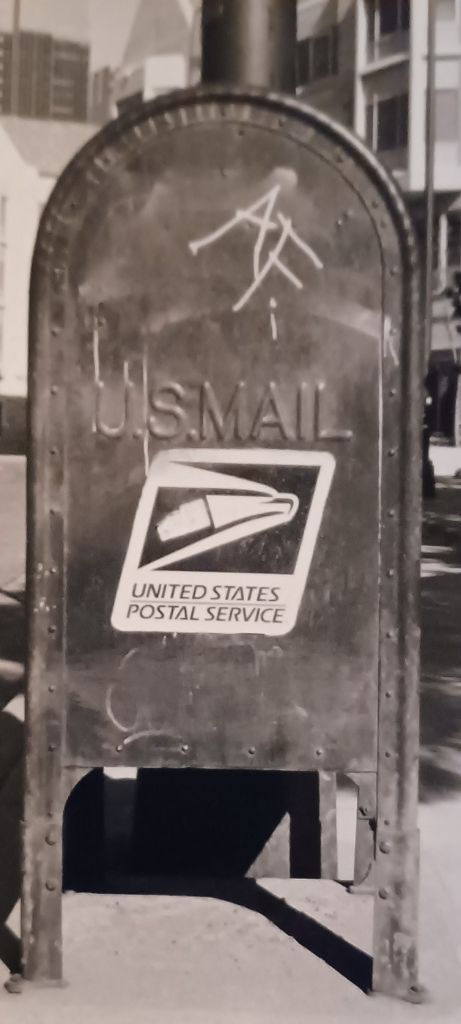Evolution of the US Postal Service: From Handwritten Notes to Personalized Digital Printing
- EmcoMail
- Jan 31, 2024
- 3 min read
The history of the United States Postal Service (USPS) is a journey that spans centuries, witnessing significant transformations in the way mail is handled, delivered, and integrated with printed materials.
Simple Beginnings: Handwritten Notes by Pony Express

The roots of the USPS trace back to the 18th century when the Second Continental Congress established the United States Post Office in 1775. In the early days, communication was limited, and handwritten notes on simple cards or documents were the primary means of correspondence.
As the U.S. frontier expanded, the U.S. Mail followed — by stagecoach, steamboat, and rail. But while the postal network expanded, the cost to use it remained high. Most people rarely, if ever, mailed a letter. Much of the mail consisted of newspapers and congressional documents that were delivered for free. Just like today, merchants and other business professionals who needed to keep in touch with customers and colleagues were the most numerous paying users of the service. In 1845, Congress slashed postage rates for letters and admitted “circulars and handbills or advertisements” into the mail at lower rates than letters in an effort to reclaim revenue lost to new private express companies.
The legendary Pony Express, initiated in 1860, introduced a faster method of delivering messages across the vast American landscape. However, these were often one-off deliveries, emphasizing the personal touch in communication.
Printed Flyers and Postcards: An Era of Mass Communication
As the 19th century progressed, advancements in printing technology, including typewriters and duplicating machines, revolutionized the production of printed materials. This innovation made it feasible to produce multiple copies of printed pages, giving rise to the mass distribution of flyers and postcards by the late 1800s. These materials became powerful tools for businesses and individuals to convey messages, advertise products, and share information on a broader scale.
Static to Dynamic: Catalogs and Personalization
The early 20th century saw the introduction of catalogs, adding a dynamic dimension to printed materials sent through the mail. Companies could now showcase their products in comprehensive booklets, reaching a wider audience with colorful images and detailed descriptions. This marked a significant shift from the static nature of earlier documents to a more engaging and visually appealing format.
With the advent of digital printing technologies like those EMCO specializes in, the USPS entered the digital age alongside innovative printer-partners, transforming the landscape of direct mail over the last 30 years. Digital variable printing allowed for personalized and targeted communication, tailoring messages to specific individuals based on demographic information, preferences, and behaviors. This level of customization brought a new level of effectiveness to direct mail campaigns, enhancing their impact and relevance.
Tracking and Measurement: Integrating Digital Printing and USPS Services for Business Success

In recent years, the USPS has embraced technological advancements to better
deliver, measure, and track mail. Advanced tracking systems enable both senders and recipients to monitor the progress of their packages in real-time. This level of transparency enhances customer satisfaction and provides valuable data for the USPS to optimize its operations.
As we look to the future, the integration of variable printing, digital tracking, and emerging technologies with USPS services offers exciting possibilities. Personalized direct mail campaigns can now leverage data analytics to precisely target specific audiences. This not only enhances the effectiveness of marketing efforts but also ensures a more sustainable approach by reducing unnecessary print waste.
The evolution of the USPS reflects the broader changes in communication and printing technologies throughout American history. From handwritten notes and Pony Express deliveries to mass-produced flyers, postcards, and personalized digital printing, the USPS has adapted to the dynamic needs of its users. The modern USPS, equipped with advanced tracking and measurement capabilities, continues to play a vital role in connecting people and businesses across the nation.








Comments